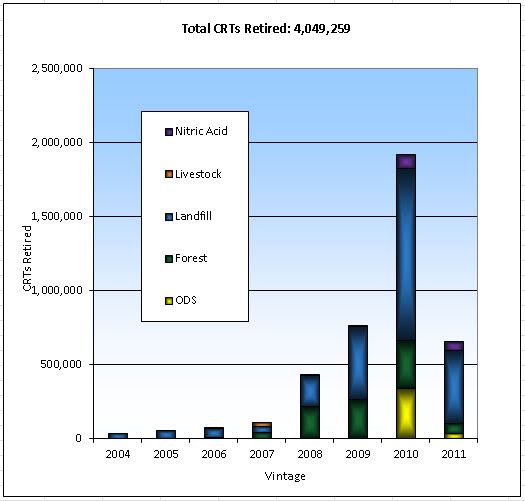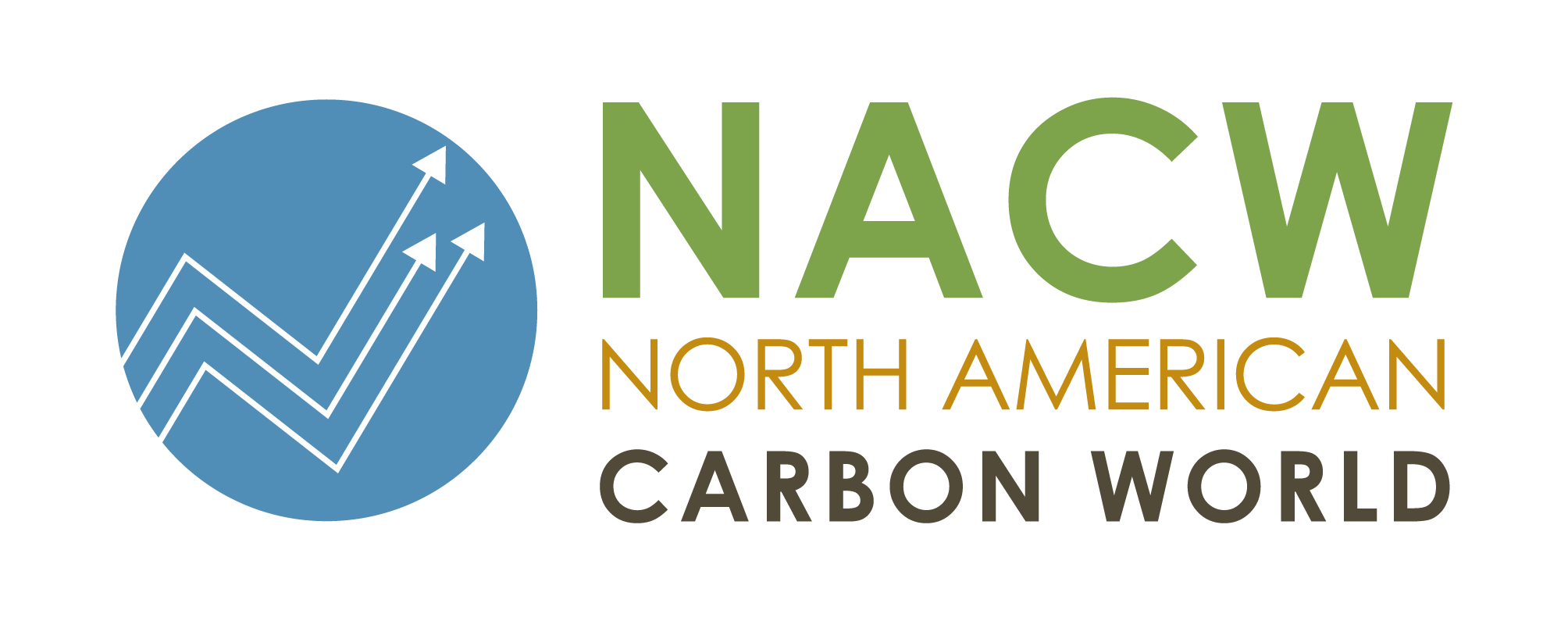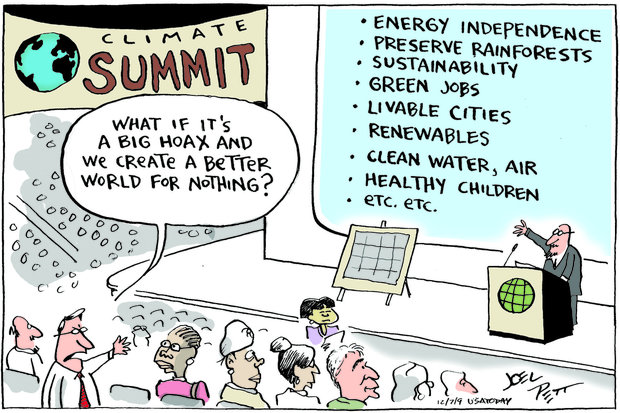Landfill carbon offsets are the most popular in the Climate Action Reserve
A great treasure is hidden in the depths of local landfills. Mining this treasure brings benefits to the global climate, local air quality, and green economy. And companies and individuals are demonstrating that this new commodity is both valuable and necessary.
The treasure is carbon offsets which are generated by capturing and destroying the highly potent greenhouse gas (GHG) methane that’s created by decomposing trash. By adhering to the Reserve’s Landfill Project Protocol, which provides standards on measuring, monitoring and verifying emissions reductions, landfills can earn offset credits, called Climate Reserve Tonnes (CRTs), equivalent to the metric tons of GHG emissions reductions. CRTs can be sold on the carbon market to consumers who wish to offset their GHG emissions. The Reserve carbon offset program supports emission reductions in forests, urban forests, livestock operations, landfills, coal mines, organic waste digestion, composting, nitric acid plants, ozone depleting substances, rice cultivation and nitrogen management.
Of the 27 million carbon offsets issued by the Climate Action Reserve, over 4 million have been retired by organizations and individuals including Google, Disney, CBRE, and UPS to reduce their impact on the environment and meet their sustainability goals. With a large selection of respected project types, consumers may consider a variety of factors when deciding what offsets to buy, including how the offset project complements the company’s mission, the proximity of the project location to the community the company serves, or the important environmental co-benefits of the project. Here are the top carbon offset project types in the Climate Action Reserve which has 150 registered projects to date located throughout the United States and Mexico:
1. Landfills
The most popular offsets among the Reserve’s 11 project types are generated by landfill gas capture and combustion projects. More than 2.5 million CRTs have been retired from landfill projects; that is the equivalent of removing more than 498,000 passenger vehicles from the road for one year.

Davidson County Landfill Gas Destruction Project in Lexington, North Carolina
Landfills release methane, a greenhouse gas that is 20 times more powerful at trapping heat in the atmosphere than carbon dioxide. Landfill projects capture methane gas and send it to a flare for destruction or to an energy producing device for combustion. In addition to addressing climate change, these projects also result in improved water quality, reduction in hazardous air pollutants and, when converted to energy, provide an alternative to limited non-renewable sources such as coal and oil.
2. Forestry
The second most popular offsets in the Reserve are produced by forestry projects. More than 937,000 forestry offsets have been retired to date. Forest projects permanently increase carbon storage in trees and protect forest ecosystems. The Reserve requires natural forest management practices which promote native species, mixed age classes, and sustainable harvest. These provisions reverse the history of intensive industrial timber management on forest lands and rebuild forest habitat for many species. The Reserve requires the long-term (100 year) increase of carbon storage in the forest, thereby significantly enhancing and preserving forests for generations.

Lompico Forest Carbon Project in Santa Cruz County, California
3. Ozone Depleting Substances
To date, more than 381,000 CRTs from ozone depleting substances (ODS) projects have been retired. In addition to destroying the stratospheric ozone layer, these gases, which are used as refrigerants, are thousands of times more potent than CO2 in trapping heat in the atmosphere. ODS have been prohibited from new production because of the danger they pose, but the gases are not prohibited from being recycled back into use from old appliances. ODS projects ensure that the dangerous refrigerants and foam blowing agents are never used again, by collecting them from old appliances and destroying them. The Reserve has two protocols addressing the destruction of ODS – one for ODS sourced in the United States and the other for ODS sourced from the 147 countries identified in Article 5 of the Montreal Protocol, such as India and Mexico.
4. Nitric Acid Production
Nitric acid is a compound used primarily to make synthetic commercial fertilizers. Nitrous oxide, N2O, is formed as a byproduct of the nitric acid production process and is 310 times more potent than CO2 at trapping heat in the atmosphere. Greenhouse gas emissions reduction projects that install and operate abatement technology to reduce N2O emissions at nitric acid plants earn carbon credits through the Reserve. N2O is a precursor to ozone formation, particulates, and a component of acid rain and so reductions also provide local air quality benefits. Over 149,000 CRTs have been retired from nitric acid projects.
5. Livestock Operations
Cow and pig manure releases methane, but farmers can install new technologies, specifically anaerobic biodigesters, to facilitate the breakdown of manure and convert it into renewable energy and a nutrient-rich fertilizer. More than 37,000 CRTs have been retired from livestock gas capture and combustion systems.

Bridgewater Dairy in Montpelier, Ohio
In addition to the top five carbon offset types, the Reserve supports emissions reductions in coal mine methane, organic waste digestion, organic waste composting, rice cultivation methane, urban forestry and agriculture nitrogen management.
CRTs have consistently been in high demand, as buyers have sought assurance that offsets are real (reductions have actually occurred), additional (reductions occurred because of the incentives associated with the carbon market), permanent (reductions provide ever-lasting benefits to the environment), verified (reductions are confirmed by an independent third party) and enforceable (reductions are subject to penalties for non-compliance). The purchase of offsets supports emissions reductions in key sectors, achieves important environmental co-benefits, allows sustainability goals to be met at lower cost, supports innovation in green technologies and grows the green economy. And with many offset types available, buyers can be choosy to find the best fit.
































